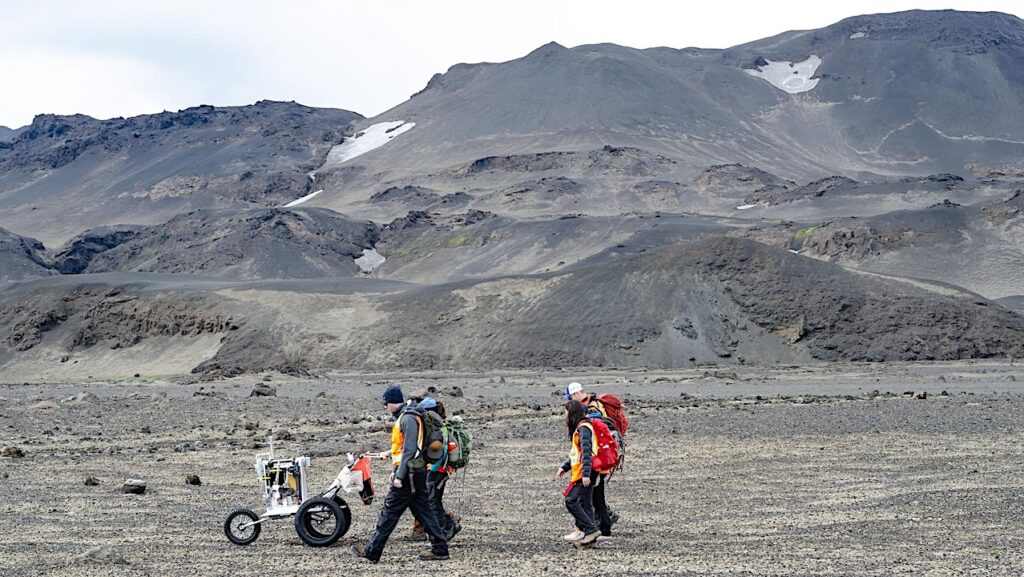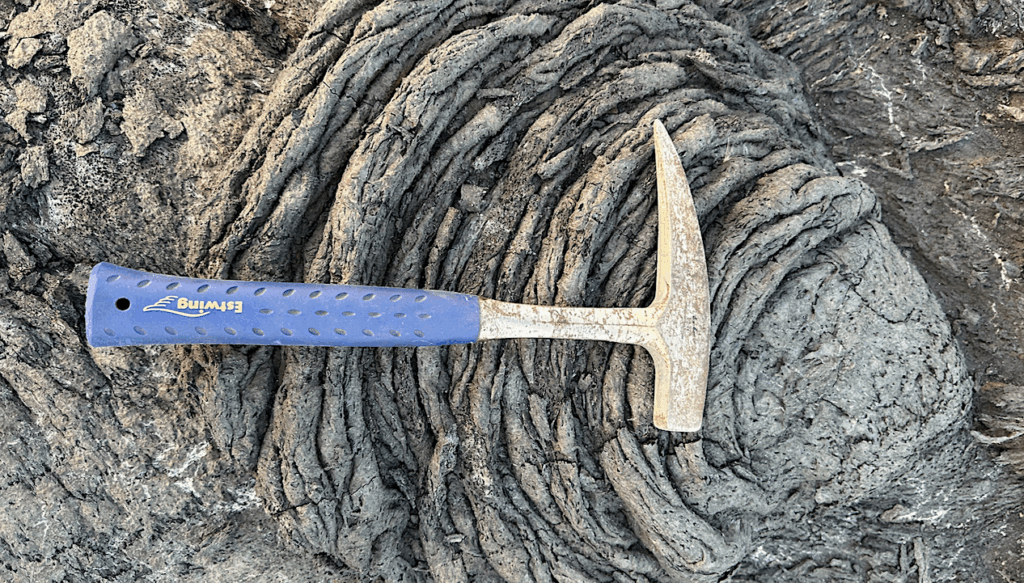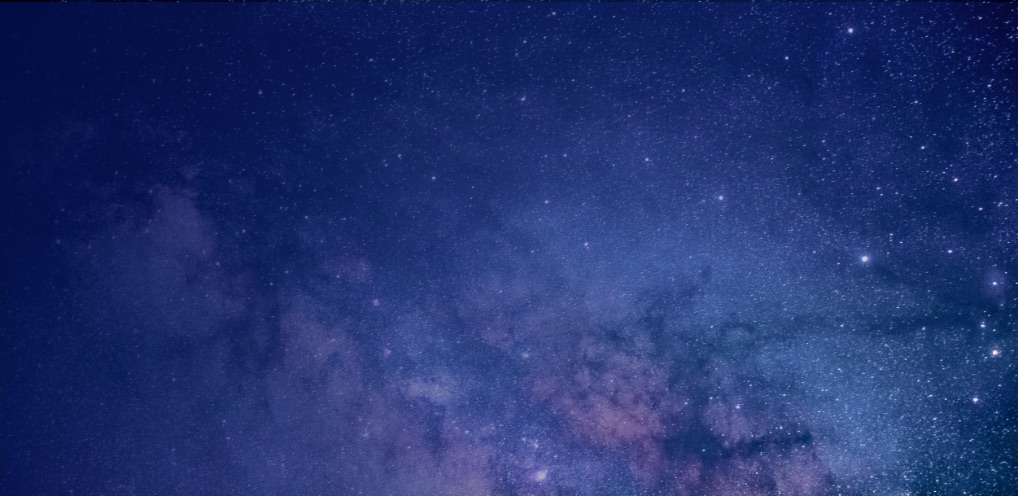Community Need For An Astrobiology Sample Repository And Sample Reference Suite – NASA DARES White Paper
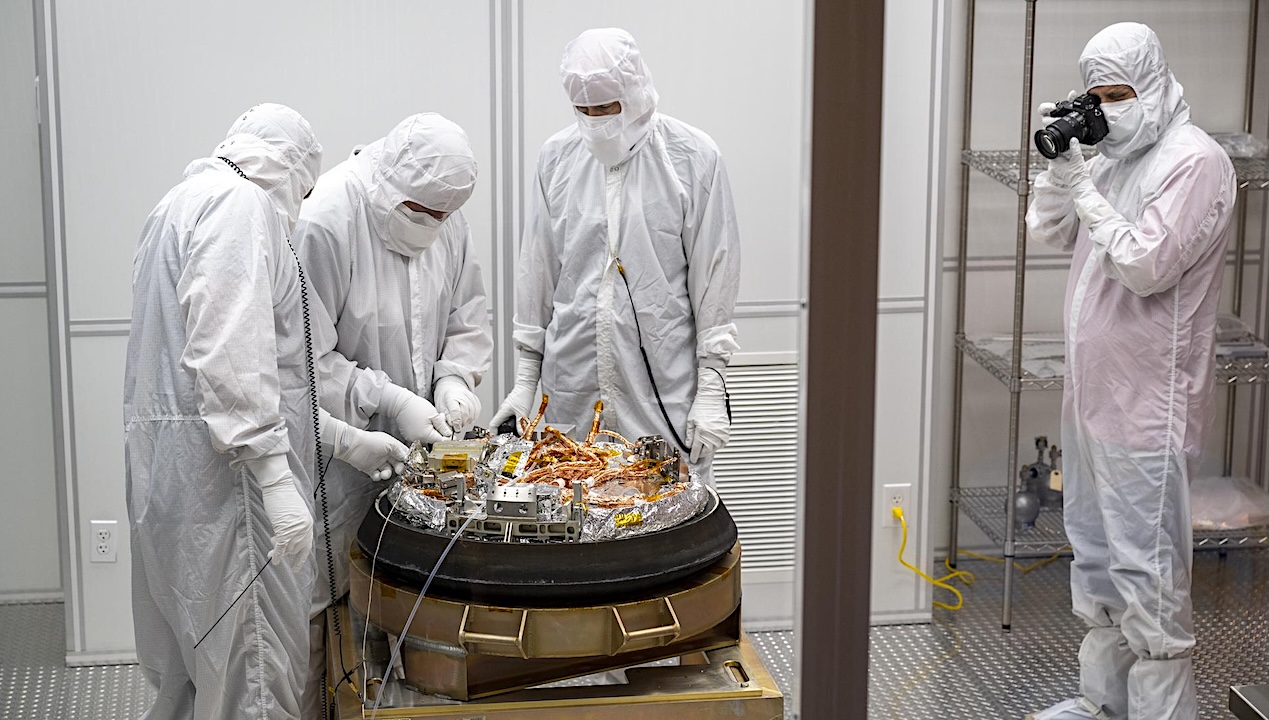
As we prepare for the next planetary mission charged with finding life beyond Earth, the Astrobiology community must continue to improve its understanding of what constitutes a biosignature, through the use of planetary analog samples.
The study of these collected and generated samples is expanding our knowledge of what constitutes habitable environments, what life is capable of, and importantly, how to make biosignature detections within compositionally complex samples – aiding in the development of life detection instrumentation.
And yet the full potential of these samples remains untapped. While the Astrobiology community possesses an incredible inventory of planetary analog samples, some incredibly precious, these are scattered across the country in individual freezers with varying degrees of documentation, curation practices, and contamination control.
We, as a community, need to change the status quo of how we approach planetary analog research. One of the biggest actions we could take over the next 10 years to change that paradigm would be the creation of a sample repository for Astrobiology relevant materials, providing a centralized, well-curated, wealth of precious samples for the community.
Such a collection would create a framework for material and meta-data submission that minimizes burden on the individual PIs, satisfying open data requirements; it would facilitate biosignature research, and aid in the creation of a robust life detection framework; support the development of a standardized sample reference suite for life detection instrumentation; and finally, aid in the development of techniques to be used for future sample return endeavors.
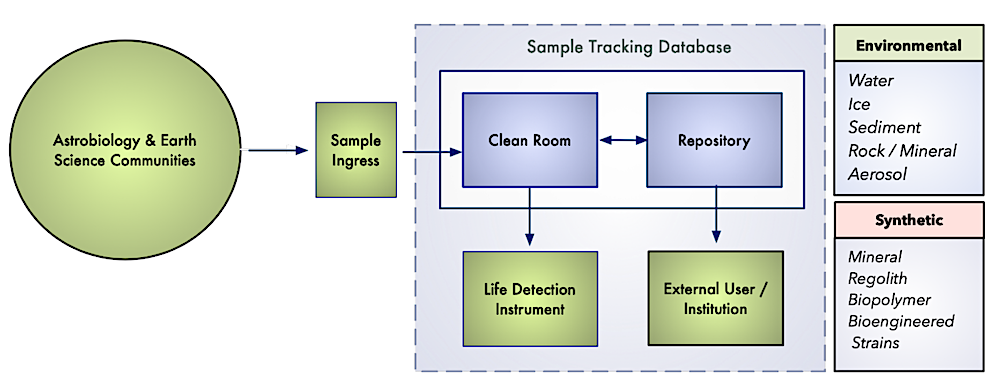
Concept facility for the Astrobiology and Planetary Analogs Sample Collection. Arrows detail sample ingress and egress, as well as the role of the clean room in sample processing as well as instrument testing. Examples of potential sample types are listed on the right, spanning environmental analog samples to synthetic (lab-generated) samples. — astro-ph.IM
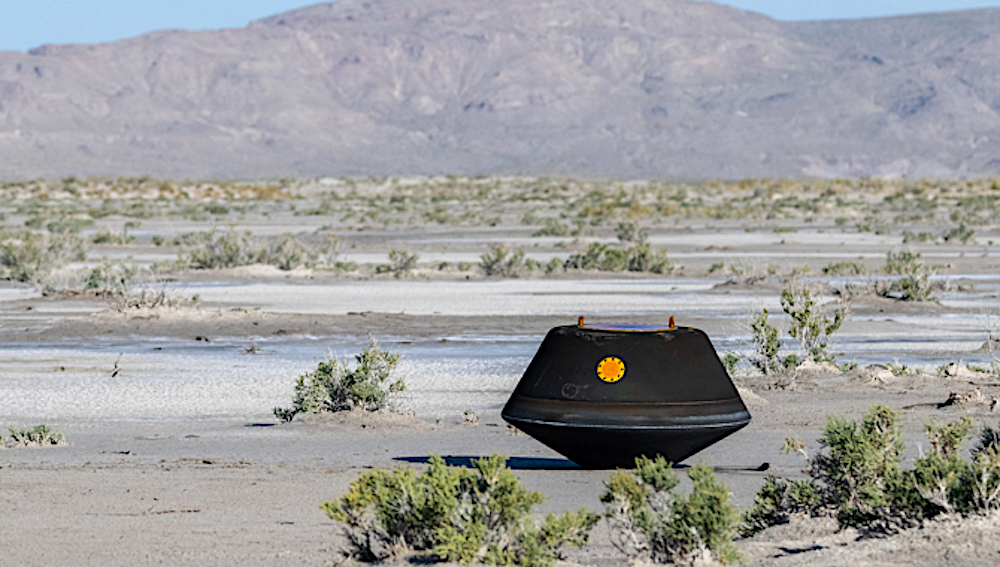
The sample return capsule from NASA’s OSIRIS-REx mission shortly after touching down in the desert, Sunday, Sept. 24, 2023, in Utah. The sample sealed inside has surprised scientist who have only begun to analyze it. Credit: NASA/Keegan Barber
A. Pontefract, C. Bradburne, K. Craft, M. Ballarotto, K. Bowden, R. Klima, S. MacKenzie, J. Núñez, E.G. Rivera-Valentín, C.E. Carr, L. Chou, A. Davila, J.L. Eigenbrode, C.R. German, H.V. Graham, S.S. Johnson, T.M. Hoehler, A.E. Murray, M. Neveu, B.L. Nunn, H.M. Sapers, S. Shkolyar, 1A. Steele, M.G. Trainer
Comments: 5 pages, 1 figure. White Paper
Subjects: Instrumentation and Methods for Astrophysics (astro-ph.IM); Earth and Planetary Astrophysics (astro-ph.EP)
Cite as: arXiv:2504.03813 [astro-ph.IM] (or arXiv:2504.03813v1 [astro-ph.IM] for this version)
https://doi.org/10.48550/arXiv.2504.03813
Focus to learn more
Submission history
From: Alexandra Pontefract
[v1] Fri, 4 Apr 2025 14:03:45 UTC (781 KB)
https://arxiv.org/abs/2504.03813
Astrobiology



